Viewing search results for "University of North Carolina at Greensboro"
View All Posts
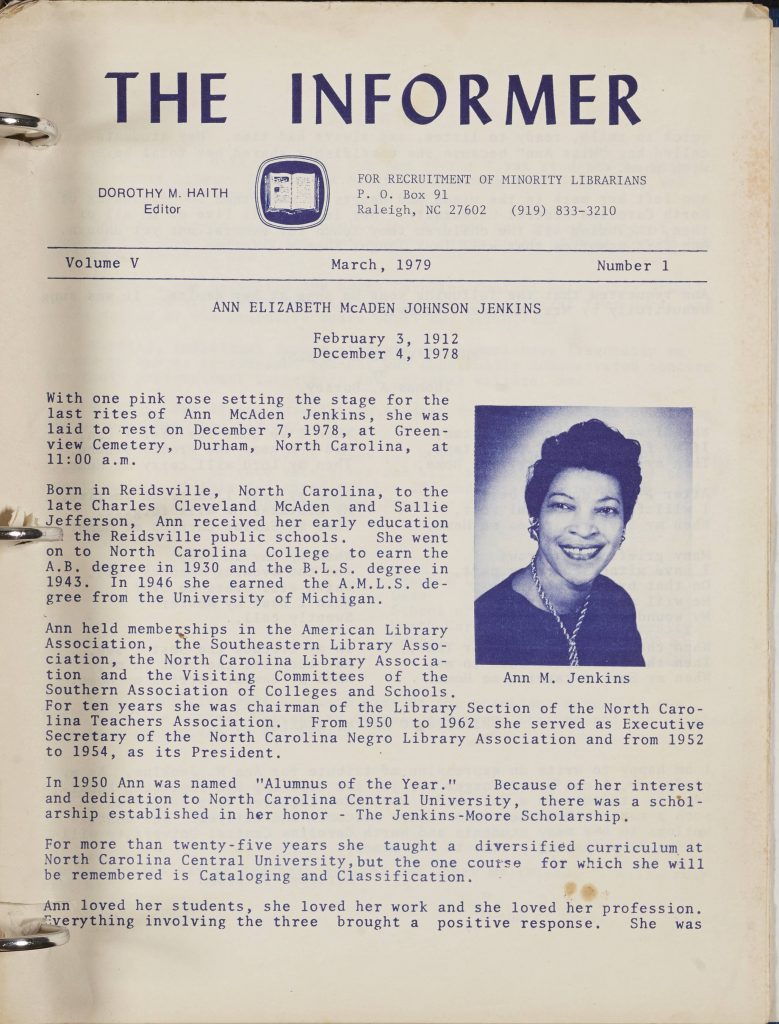
First page of the March 1979 issue of The Informer newsletter.
The Digital Heritage Center has worked with over 150 libraries throughout North Carolina. It’s no surprise that DigitalNC.org boasts a good number of items that document the history of libraries in the state, including scrapbooks and photos.*
For many years libraries were purposefully segregated, with branches tacitly or overtly meant to serve an African American neighborhood or community. The Richard B. Harrison Library in Raleigh is an example of a library that was a true social force, due to the hard work and influence of librarian Mollie Huston Lee. I thought of Ms. Lee recently. I was doing some work in our scrapbook collection, when I came upon an interesting newsletter tucked into one of the Irwin Holmes scrapbooks from the Durham County Library.
Titled “The Informer,” the newsletter’s tagline is: “For Recruitment of Minority Librarians” and appears to have been published first out of Raleigh and then out of Fort Valley, Georgia. There are two (possibly two and a half) issues in the scrapbook: one dating from March 1979 (pictured at right) and the second from September 1983. The issues of The Informer in our collection give biographies and moving tributes to African American librarians, such as Ann M. Jenkins of NCCU and Edna “Pinky” Penolya Mcaden King Watkins, an NCCU graduate who worked in libraries around the country. They also list positions available in North Carolina and around the country. The Informer publisher, IESMP or “Information Exchange System for Minority Personnel,” sold a number of other publications that offered to help librarians find jobs at institutions friendly to hiring minorities.
Dr. Dorothy May Haith was The Informer’s editor and possibly publisher, and she has had a lifelong passion for improving the profession and her community. A Shaw University and North Carolina Central University alum (she also holds degrees from Indiana University), Haith led the library at Bennett College, and also at Howard University. She has a number of publications to her name, has served on professional boards, and has given back to educational institutions by endowing scholarships. The Spring 2011 issue of Windows, published by the University Library at UNC Chapel Hill, describes a gift made to Wilson Library by Haith to honor those she felt encouraged her education (we call Wilson Library our home).
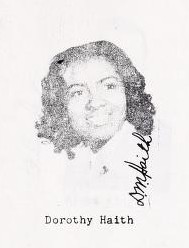
Dorothy Haith’s high school yearbook photo from Booker T. Washington High in Reidsville, N.C.
Through The Informer, Haith was building a network for minority librarians through the 1970s and 1980s, offering them professional resources and personal information about their peers. Though Googling gives most of us this benefit now (as it did for me when trying to find out more about Haith), before the internet, this was a true labor and a valuable service.
Recruitment of minorities and increasing diversity continues to be a great need. What many patrons may not realize is that libraries strive to be some of the most inclusive, safe spaces in the country. Many build towards that goal in numerous ways: through concerted efforts to recruit a diverse workforce, through selection of an inclusive and various group of materials for collections, and through ensuring libraries are safe for ALL patrons. In fact, the American Library Association, the national professional organization for librarians, reinforces these goals through a code of ethics, professional development, and scholarships. As a profession, we have a long way to go, but these steps get us closer.
At DigitalNC, we hope to identify and help share more collections from our partners related to North Carolina’s minority populations in the coming year. If you work at a library or other cultural heritage institution and have collections that fit this category that you’d like to share online, we’re eager to hear from you.
*There’s also a rich Library History digital collection from the State Library of North Carolina.
**NCCU has numerous issues of The Informer in their collection, available at the School of Library and Information Sciences Library.
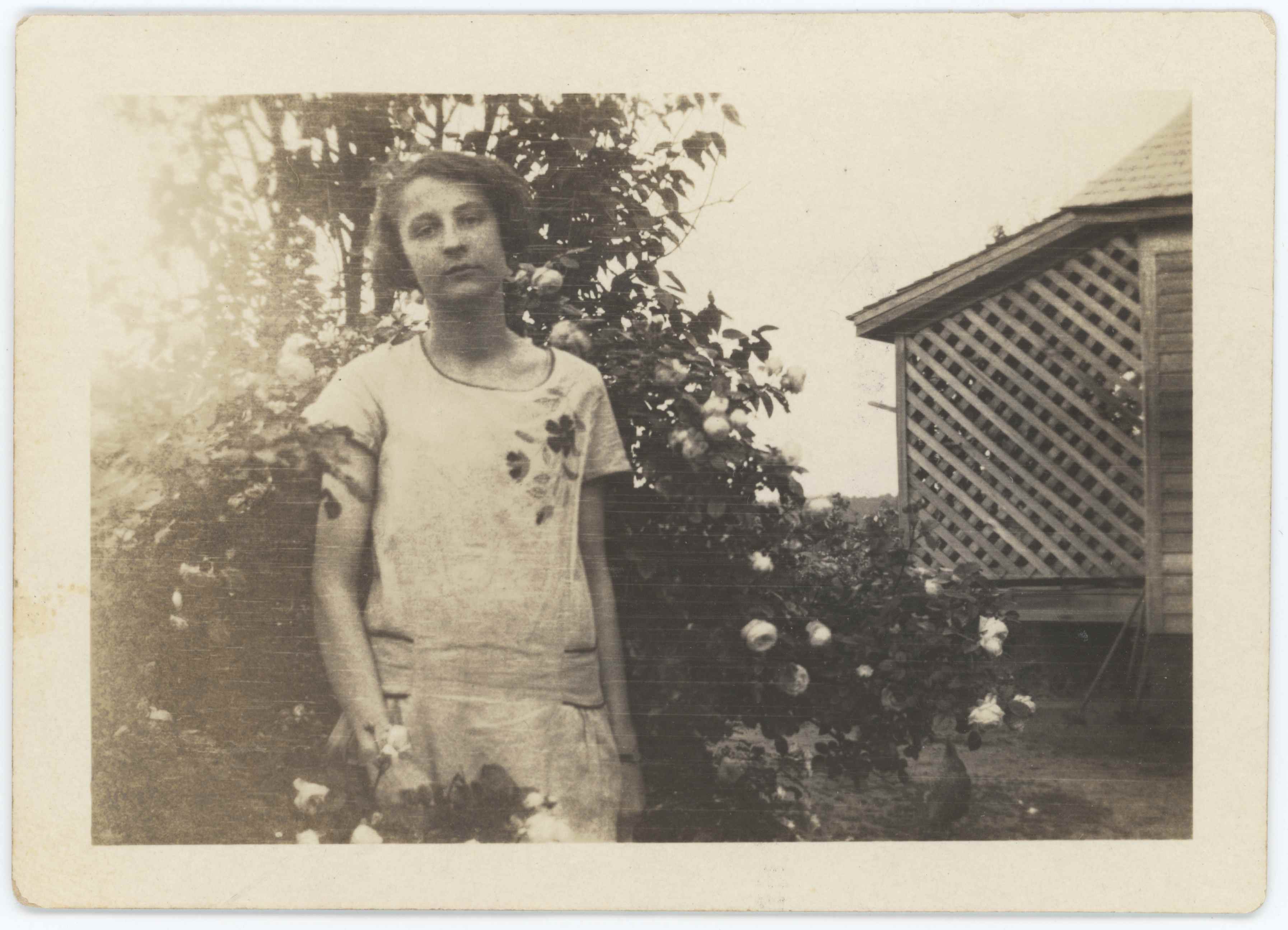
Constance Matthews, age 14
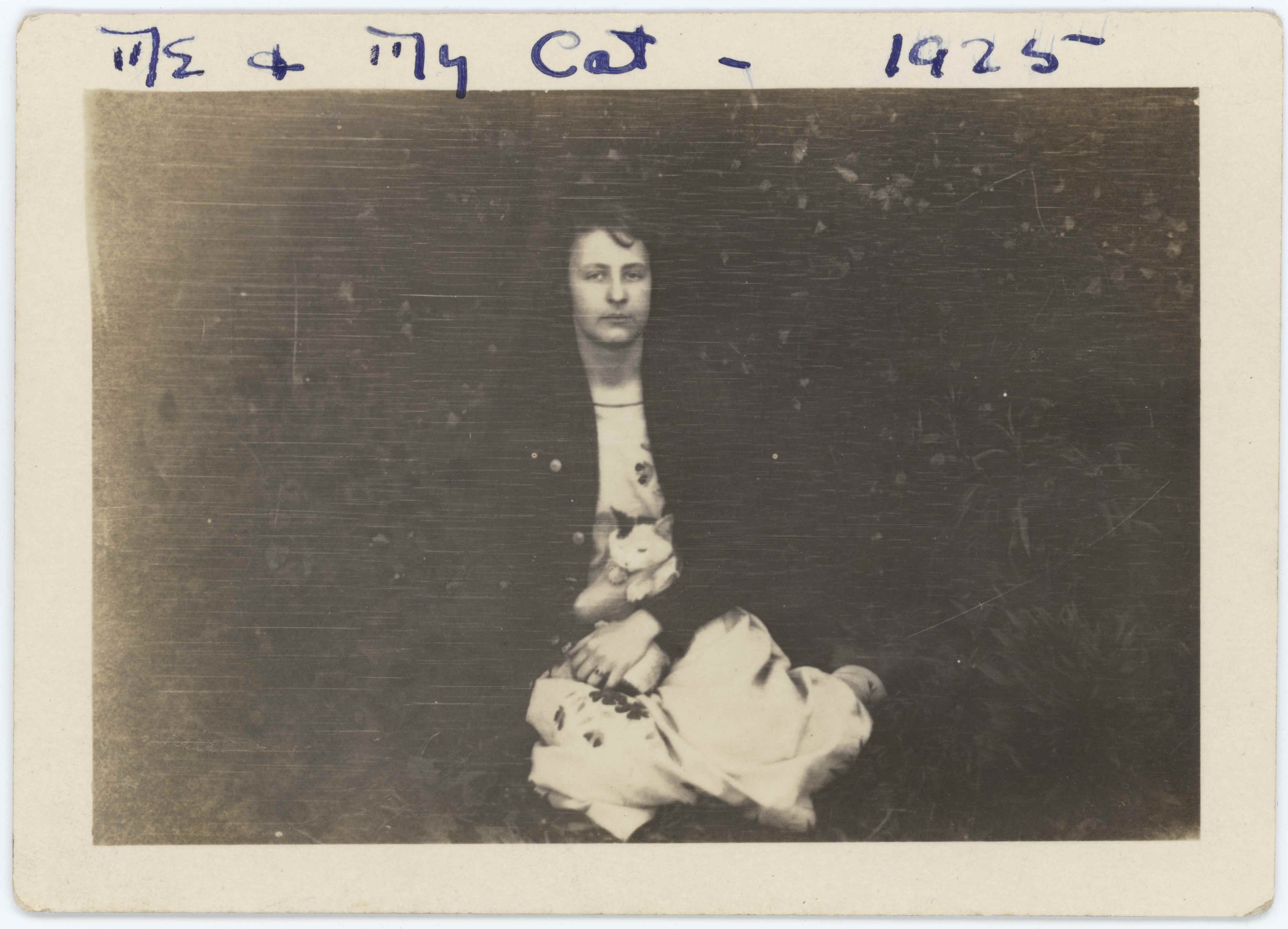
Constance Matthews and Winks the cat, 1925
The Constance Matthews Collection exhibit from the Braswell Memorial Library in Rocky Mount is now available on DigitalNC!
Constance Matthews (1912-1940) was an interesting young woman who grew up in Spring Hope, North Carolina and was an active member of the Nash County Community. Matthews was the only child of Mattie Lou Bolton Matthews and John C. Matthews, a prominent postmaster and businessman. A graduate of the North Carolina College for Women in Greensboro (now UNC-Greensboro), she was also the founder of the Spring Hope Alumnae Club.
Matthews was most notably known for being an active writer and the editor of the Nash County News in Spring Hope. She was one of the first female newspaper editors in the area during the early twentieth century. You can view some of Constance Matthew’s editing work on DigitalNC. Several issues of the Nash County News are available in the North Carolina Newspapers Collection.
Tragically, Matthews died at the young age of 28 after suffering a cerebral hemorrhage while riding her horse in Rocky Mount. You can view an obituary on page 22 of the July 1940 issue of the Women’s College of the University of North Carolina’s Alumnae News.
The genealogist Annie Pearl Brantley of Spring Hope acquired the Matthew family photos and gave them to the Braswell Memorial Library (Rocky Mount, N.C.). A selection of photographs of Constance, her friends and family, and her activities are now available on DigitalNC, capturing a glimpse into the short life of a remarkable woman.
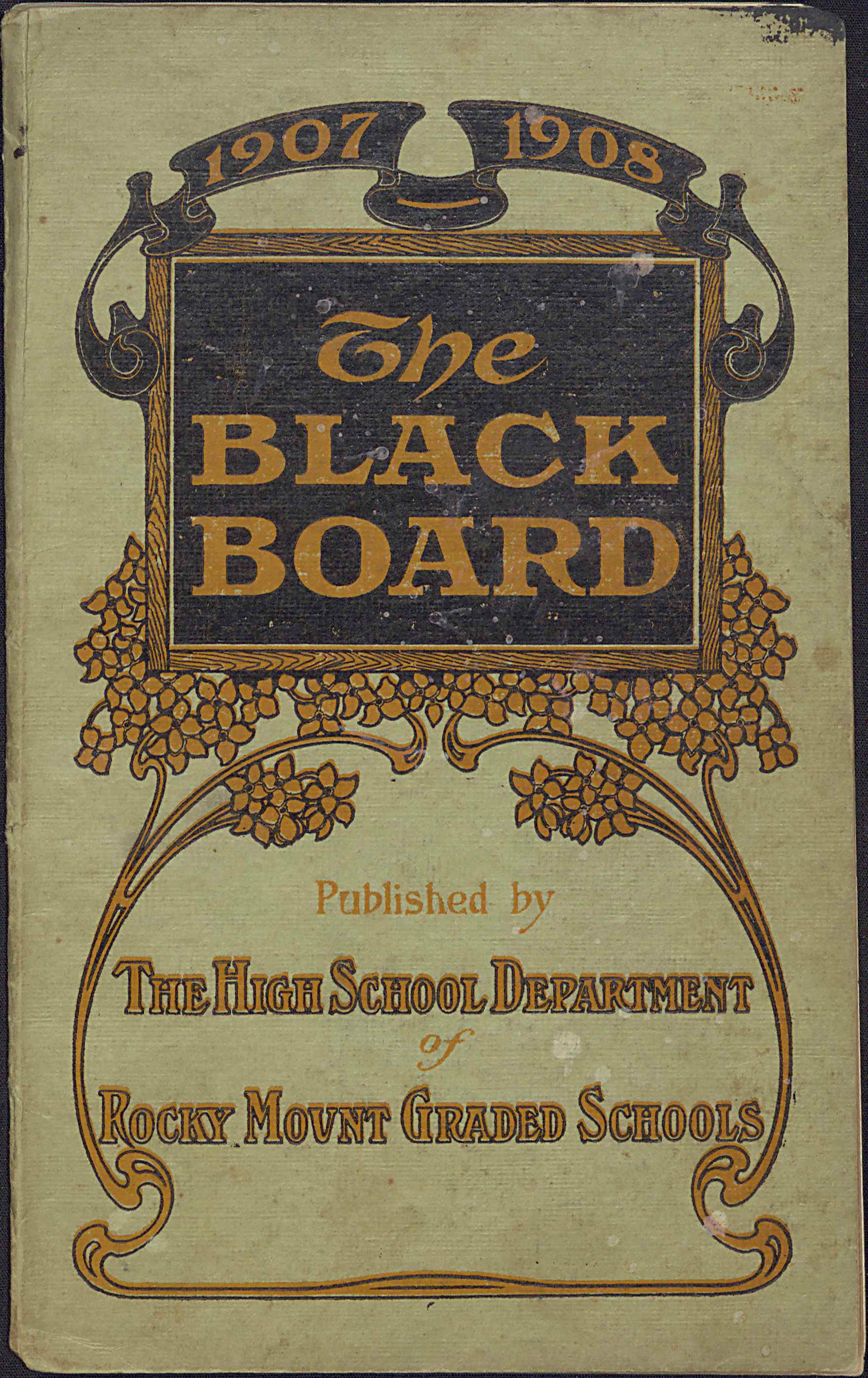
The Blackboard [January 1908]
To learn more about Constance Matthews and see the full collection, please visit the exhibit page. To learn more about the Braswell Memorial Library in Rocky Mount, please visit the contributor page or the website.
April Fool’s Day is upon us. (We thought Google Chrome’s support for emoji translation could be really useful for transcribing some of our newspapers!) These days it seems April Fool’s is mostly played out online, with websites jockeying for the best prank. Taking a look through DigitalNC’s Newspaper Collection shows that pulling pranks on April Fool’s via [print] media is nothing new.
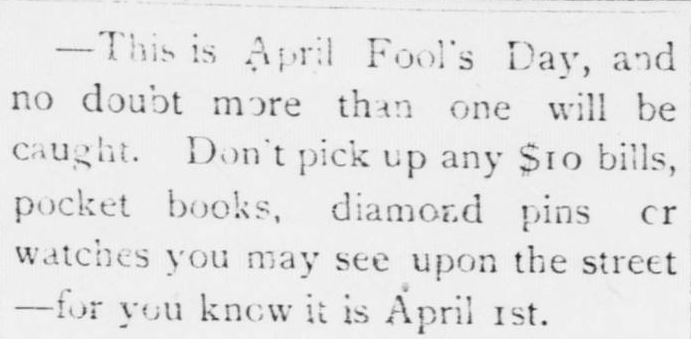
The oldest reference found to April Fool’s Day in the newspapers is from The Wilson Advance in 1897, which reminded its readers which day it was and to be on the alert for pranksters. The small news item gives a glimpse of what April Fool’s jokes entailed in the late 1890s. (for context, $10 in 1897 would equal approximately $268 today)

Starting with the 1937 April Fool’s Day issue of the Clarion from Brevard College, which is the first appearance of an April Fool’s themed paper in NC Newspapers, it appears that special April Fool’s Day editions of student newspapers were popular across North Carolina, as they remain today if you browse through some campus newspapers online. Some of the funnier news headers we found included a color by number of Elon’s Pendlelum in 1999 and the 1991 Goofordian [regularly the Guilfordian] from Guilford College, which also noted that you can read all about the debate over the sweatiest professor on page 2.


To view more newspapers from across North Carolina, visit the North Carolina Newspapers collection and to view specifically more papers from April 1 through the years, check out the “Today in North Carolina History” section on the right side of the page.
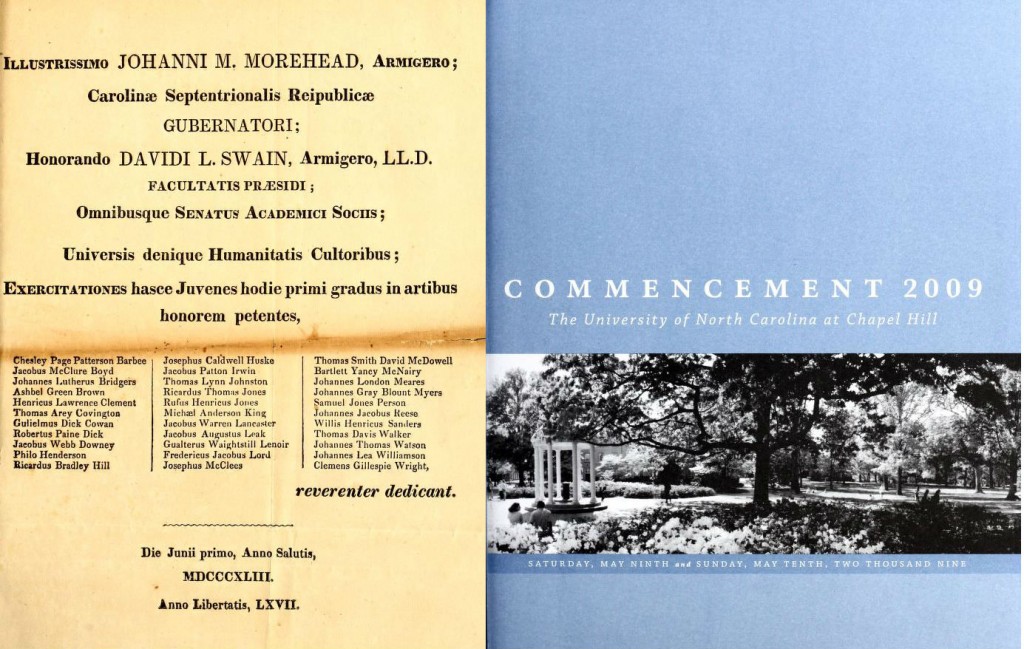
UNC-Chapel Hill commencement programs from 1843 and 2009.
We’re pleased to present the Commencement Programs of the University of North Carolina at Chapel Hill, from 1843 through 2009, now on DigitalNC.
From 33 names printed in a two-page document, written in Latin, to 80 pages describing accolades, honored guests, and university traditions, these programs have grown as much as the commencement event.
The 1843 program includes several names for which we know more from NCpedia and East Carolina University:
- John Luther Bridgers of Tarboro. He was a colonel in the Civil War, a farmer, and a lawyer.
- Robert Pain Dick of Greensboro. State Senator and North Carolina Supreme Court judge.
- Philo Henderson of Mecklenburg County. Poet who “was rather wild,” wrote a contemporary of his, “but never guilty of anything dishonorable.”
- Joseph Caldwell Huske of Fayetteville. Long-time rector at St. John’s Episcopal Church in Fayetteville, NC.
- Walter Waightstill Lenoir of Caldwell County. Class valedictorian, lawyer, and planter.
We also have catalogs, yearbooks, and other campus publications like the Basketball Blue Book and Carolina Magazine from UNC-Chapel Hill.
The Central Intercollegiate Athletic Association (CIAA), founded in 1912, is celebrating its centennial as basketball teams from twelve member institutions and fans gather today in Charlotte to kick off the annual tournament.
This article from today’s News & Observer tells the story of the CIAA basketball conference.
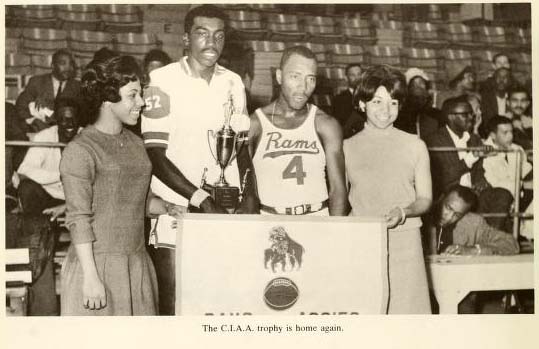
Earl “The Pearl” Monroe and others. The Winston-Salem State College Rams brought home the CIAA trophy in 1967. Image from the 1967 volume of “Red and White,” the Winston-Salem State University student yearbook.
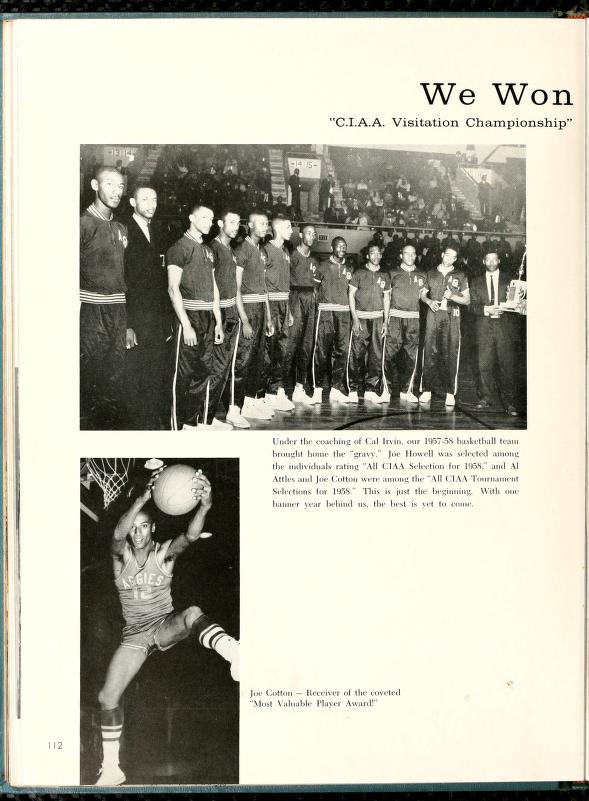
Page from the 1958 edition of “The Ayantee,” North Carolina Agricultural and Technical University’s student yearbook, depicting that year’s CIAA championship team.
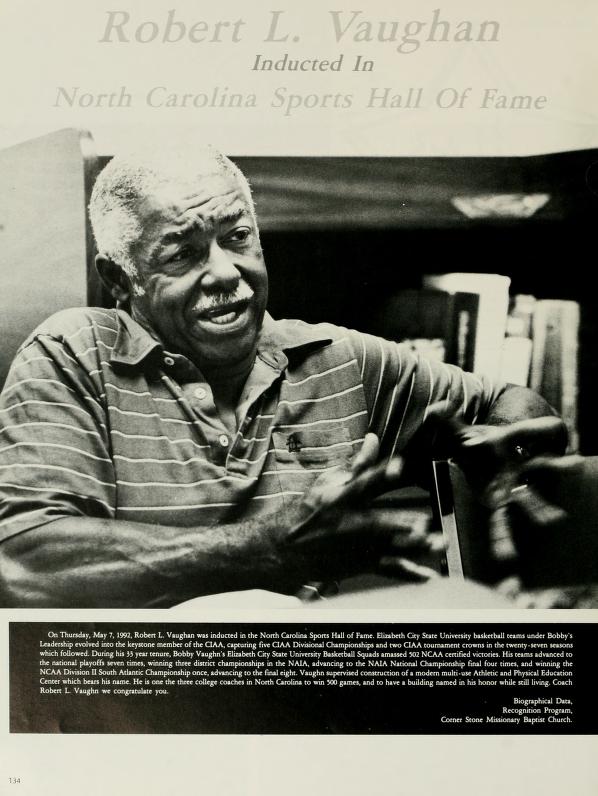
In 1992, Elizabeth City State University basketball coach Bobby Vaughan was inducted into the North Carolina Sports Hall of Fame. Under Vaughan’s leadership, the basketball team won five CIAA Divisional Championships and two CIAA tournaments. Image from the 1992 volume of “The Viking,” the Elizabeth City State University student yearbook.
Student yearbooks from Bennett College in Greensboro are now available on DigitalNC. Browse issues of The Belle and the Bennett Belle from 1961 through 2002. The yearbooks are from the Thomas F. Holgate Library at Bennett.
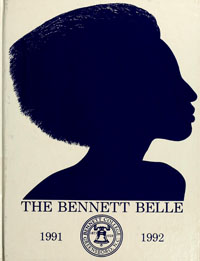
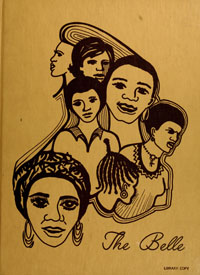
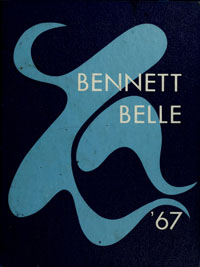
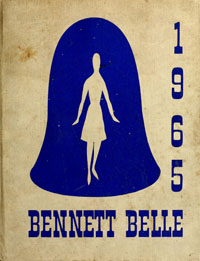
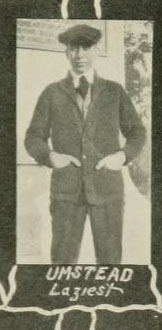 Most of the yearbooks in the North Carolina College and University Yearbooks collection have sections for senior (or other) class superlatives. These are the folks voted to categories like “Hardest Worker” or “Most Likely to Succeed.” These are for the most part positive distinctions, with the exception of the 1920 Yackety Yack from the University of North Carolina (now the University of North Carolina at Chapel Hill), which included awards for “Ugliest” (Otto Bryant) and “Laziest” (Luke Umstead).
Most of the yearbooks in the North Carolina College and University Yearbooks collection have sections for senior (or other) class superlatives. These are the folks voted to categories like “Hardest Worker” or “Most Likely to Succeed.” These are for the most part positive distinctions, with the exception of the 1920 Yackety Yack from the University of North Carolina (now the University of North Carolina at Chapel Hill), which included awards for “Ugliest” (Otto Bryant) and “Laziest” (Luke Umstead).
Unfortunately for Bryant and Umstead, the class of 1920 looks to have been pretty prescient in some of its selections. The pick for “Best Business Man” was Ben Cone, who would become an executive at the Cone Mills Corporation and serve a term as mayor of Greensboro, while the pick for “Best Writer” was Thomas Wolfe, who would go on to write Look Homeward, Angel and You Can’t Go Home Again.










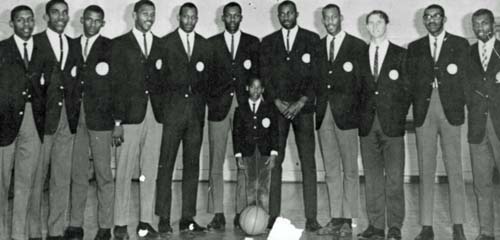
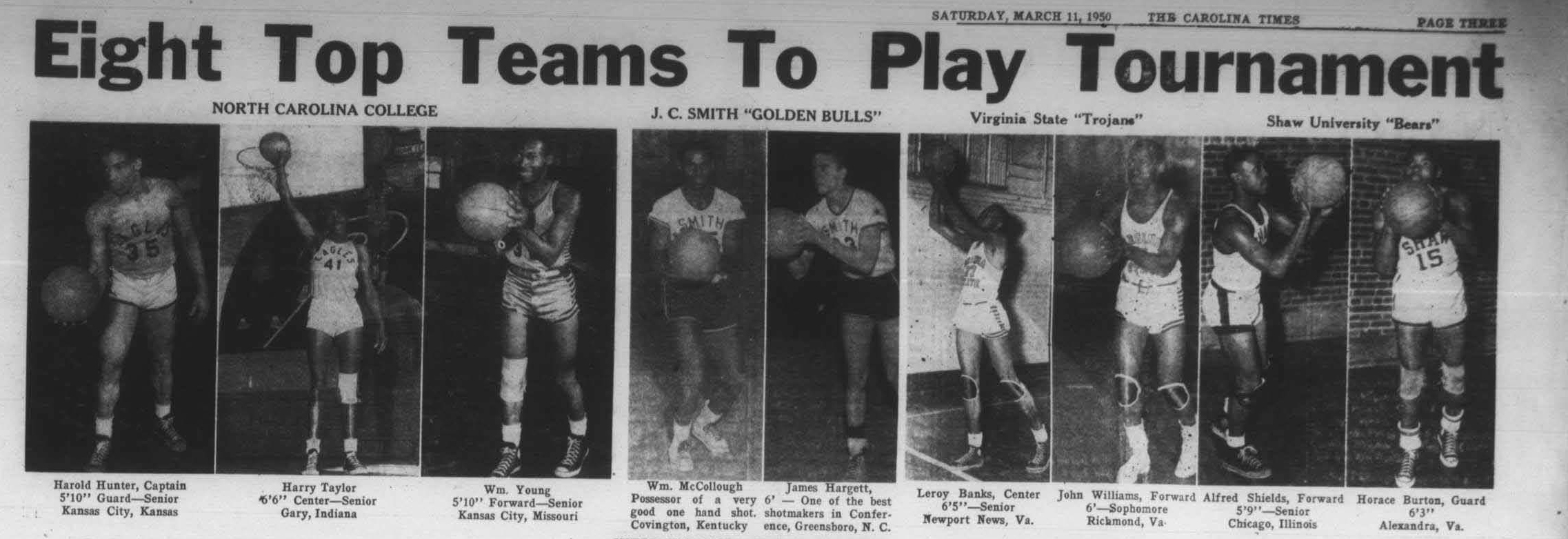
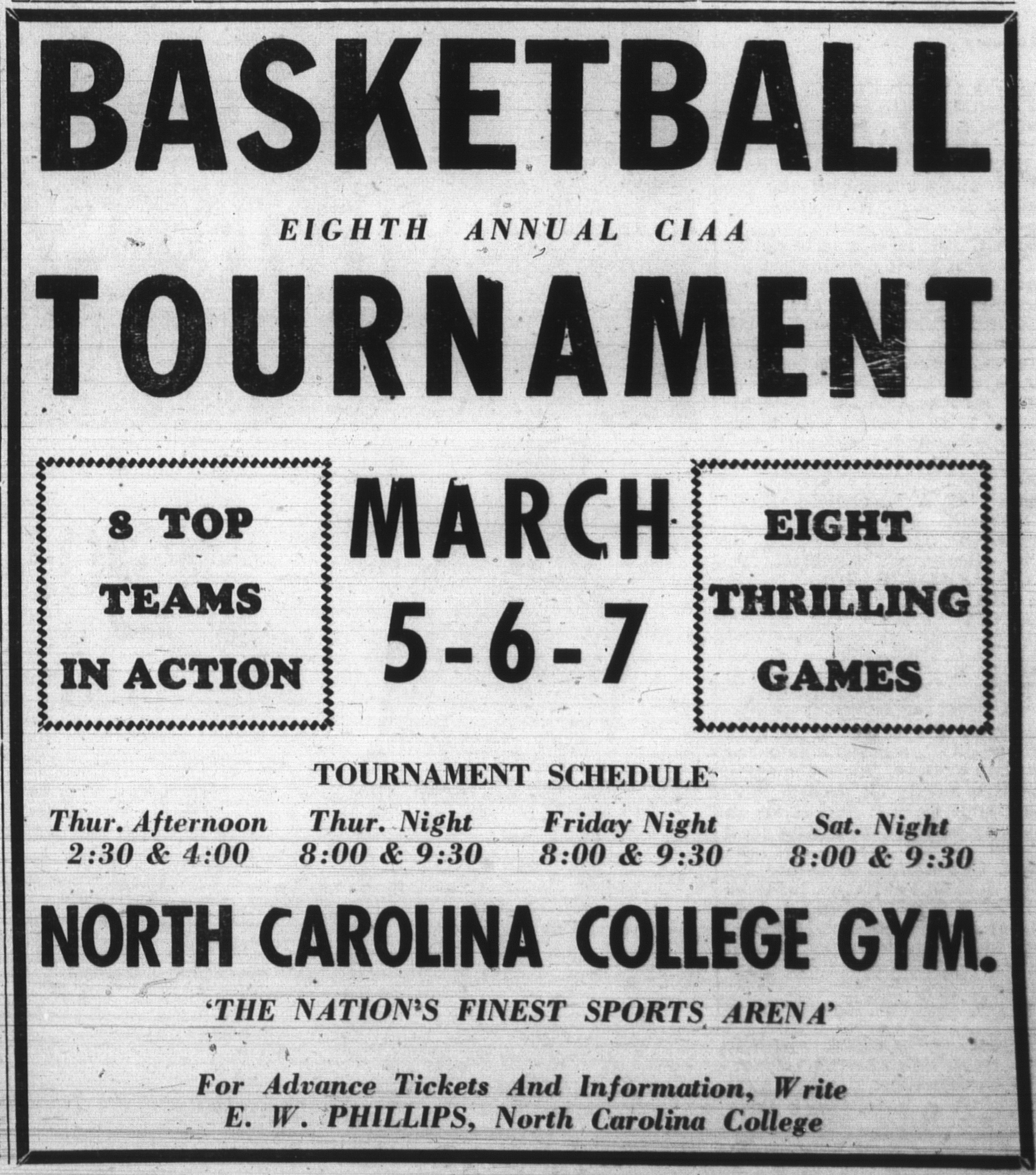







 Most of the yearbooks in the
Most of the yearbooks in the 